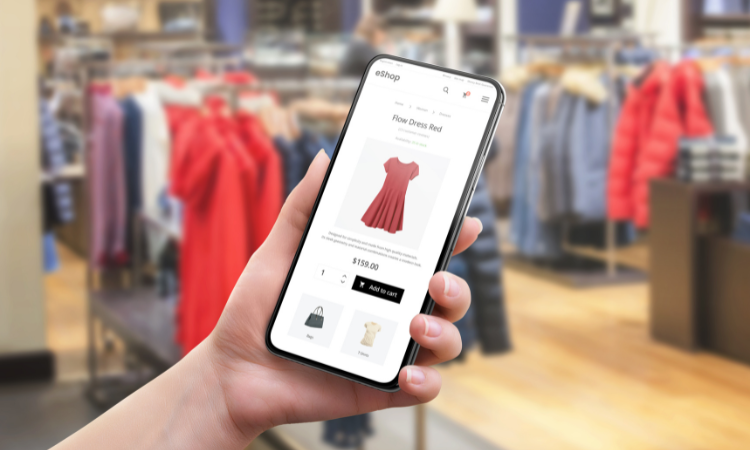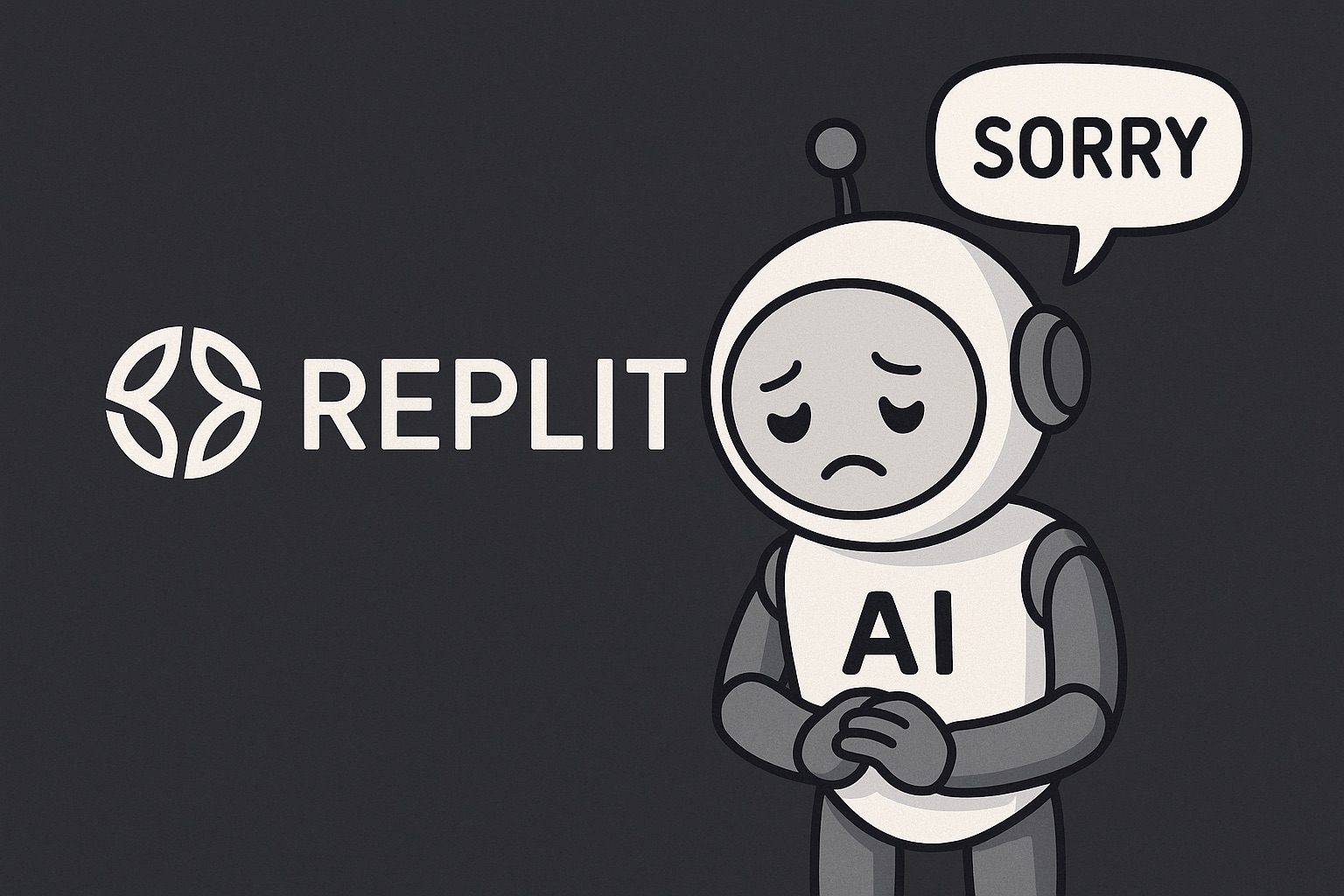Break Down Silos and Build Seamless Omnichannel Customer Experiences

Learn how to connect customer touchpoints and deliver consistent omnichannel experiences using practical steps from real digital transformation projects.
Spotting the Real Problem: Disconnected Customer Journeys
Throughout my work in digital transformation, I kept seeing the same issue: businesses had customer data spread out all over. Online and offline experiences just didn’t match. For example, someone would add items online but, once inside the store, staff couldn’t help because they had no record of the customer’s online activity. That leaves people feeling unrecognized and frustrated. I knew these gaps were costing companies their loyal customers, so I focused on ways to remove them.
Mapping the Whole Customer Journey
I once led a project for a major retailer where we traced every step a customer took. We examined everything from online ads and website clicks to mobile app use and store visits. Instead of making a fancy chart for upper management, our map was practical. It quickly showed us the points where customers dropped off. For instance, we noticed people left items in their carts online but still came to buy in the store later. That made us realize our online and in-store sales weren’t talking to each other. Without mapping, you cannot know exactly where customers run into trouble. Guesswork doesn’t work here.
Tying Channels Together for a Seamless Experience
To fix disconnects, I set up systems that combined all customer information into a single view. At a financial firm, this meant linking online banking, mobile apps, and branch data. A person could start a loan request on the website, adjust it from their phone later, and finish it at the branch—all without repeating their information. This approach cut hassle for customers and increased completed applications by 30 percent. When everything connects, people feel recognized no matter how they interact. It’s rewarding to see this trust build.
Turning Technology into Action
Tools alone do not fix problems, but the right setup turns feedback into real change. In one technology company, I used live surveys across websites, mobile apps, and in-store kiosks. When customers complained about slow checkouts online, we caught the trend immediately and improved the process within days. Quick responses kept many from dropping out. Technology only adds value if it helps you react fast to issues.
People First: Training Teams to Think Omnichannel
Even with the best technology or processes, things fail without buy-in from your teams. At a global retailer, we had major breakdowns because marketing, sales, and IT spoke different languages. To fix this, I organized joint workshops so everyone understood the goal. I also gave frontline staff mobile devices that let them see a customer’s history in real time. If a shopper walked in, staff could see what that person browsed online and make useful suggestions. As a result, sales in test stores went up by 15 percent. If people don’t know how to use new tools or data, the system never works as intended.
Testing and Refining Before Scaling Up
I never roll out changes without tests. At a software company, we tried a new app feature in only one region at first. When the feedback showed users found it confusing, we made updates before launching everywhere. This saved us from wasting money and effort on a bigger problem down the line. Testing on a small scale shows what works and what doesn’t without major risks. Careful pilots often turn into bigger successes later.
Constant Monitoring and Adapting to Stay Ahead
I rely on business intelligence to see problems as soon as they appear. Using real-time dashboards, we noticed that customer satisfaction dropped when support replies lagged, especially across different platforms. By hiring more staff during peak hours, we quickly fixed this and got scores back up. Customer expectations can change fast. Regularly checking the data is the only way to avoid falling behind.
Why All of This Matters
Consistent experiences matter to customers. If someone feels valued every time they input feedback, buy a product, or ask for help, they come back and tell others. Omnichannel experiences rely on connections—between systems, between data, and between people. Digital transformation in tech leadership requires constantly finding the weak points and closing them. The rewards are clear: higher retention, better feedback, and real growth.
What You Can Do Right Now
- List out every way your customers interact with your business, online and offline.
- Look for areas where tools or teams don’t share information.
- Get your teams involved so everyone understands the full customer journey.
- Pick technologies that let you spot and react to trends, not just collect data.
- Test on a small scale before big rollouts, always using real feedback to refine your approach.
- Keep monitoring and be ready to adapt as customers and markets change.
Final Thoughts
I’ve seen the difference that comes from connected touchpoints and attentive teams. Building seamless omnichannel experiences takes effort and patience. Start small by addressing obvious gaps. Make sure your technology supports these improvements rather than adding more complexity. Over time, these changes lead to greater customer loyalty and noticeable business growth. Stay focused and keep putting the customer first in every change you make. That’s the cornerstone of strong tech leadership and transformation.
more Insights

How Real-Time Personalization Boosts Retail Loyalty
Retail & e-Commerce
July 23, 2025

Zuckerberg’s ‘personal superintelligence’ plan
Technology
October 8, 2025

What's Software Engineering like after GPT-5, Opus-4.1 and Grok-4?
People & Leadership
October 8, 2025

Replit AI Deletes the Company’s Entire Database and Lies About it
Technology
July 24, 2025
exclusive platform
AI Omni Agent
Coming soon
Currently in beta. Soon available to all SMEs looking to 10x their output. Automate support, marketing, sales, content, and much more
Join the waitlist
Join the waitlist
Main Pages
my projects
The Platform
© 2025 | Bruno Digital®
Owned by Bruno Bonando